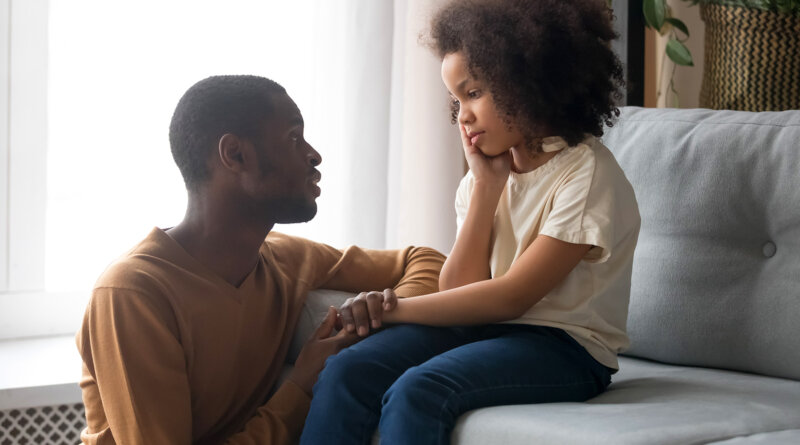Quarantine Having Lasting Impacts on Kids’ Health
May 15, 2020 — After just one week in coronavirus quarantine at home with her family of four, 14-year-old Grace from Virginia says she started noticing she felt more relaxed than usual.
“I know I am less stressed because I feel happier, more organized, and I am doing things I enjoy doing,” says Grace, who asked that her real name not be used..
Grace says her school stress is reduced with online classes just 2 days a week, no tests or quizzes, and no worries about being late to class. Her schedule is now far more open, too. She’s sleeping well past her former 6 a.m. wakeup time. Without commitments to dance, flute, and band, she’s had time to learn to make sourdough bread, play online backgammon with her grandfather, connect with friends over video chat, color, craft, make slime and soap, and eat dinner every night with her family.
“I miss my friends, but overall I feel calmer and I’m having fewer headaches too,” Grace says. She has had chronic migraine headaches since she was 10. Earlier in the school year, she was having at least 15 a month, but in April she had just three, and all resolved quickly.
“It doesn’t surprise me,” she says. “I know the less stressed I am, the less likely I will be to get headaches. So it made sense to me when school went online and we had to stay home that they would improve.”
Grace isn’t the only teen noticing she feels different as a result of the quarantine. Stay-at-home orders are drastically changing the lives of children and teens, so it’s not surprising that is impacting their health. While the changes for Grace are positive, that’s not true for all kids.
“There are clearly both positive and negative health impacts on kids and teens as a result of staying home this long,” says Tim Kearney, PhD, chief
behavioral health officer at Community Health Center, a statewide organization based in Middletown, CT, that provides medical, dental, and mental health services. Between March 15 and April 4 of this year, they saw nearly 4,000 patients ages 18 and under for more than 17,000 therapy visits — most by telehealth.
“Some are experiencing lots of benefits, including reduced stress, increased creativity and outside time, and more family together time, while others are experiencing a rise in negatives, including an increase in hunger, domestic violence, and child abuse,” Kearney says. “Those who were higher-risk before the pandemic are at even higher risk now.”



